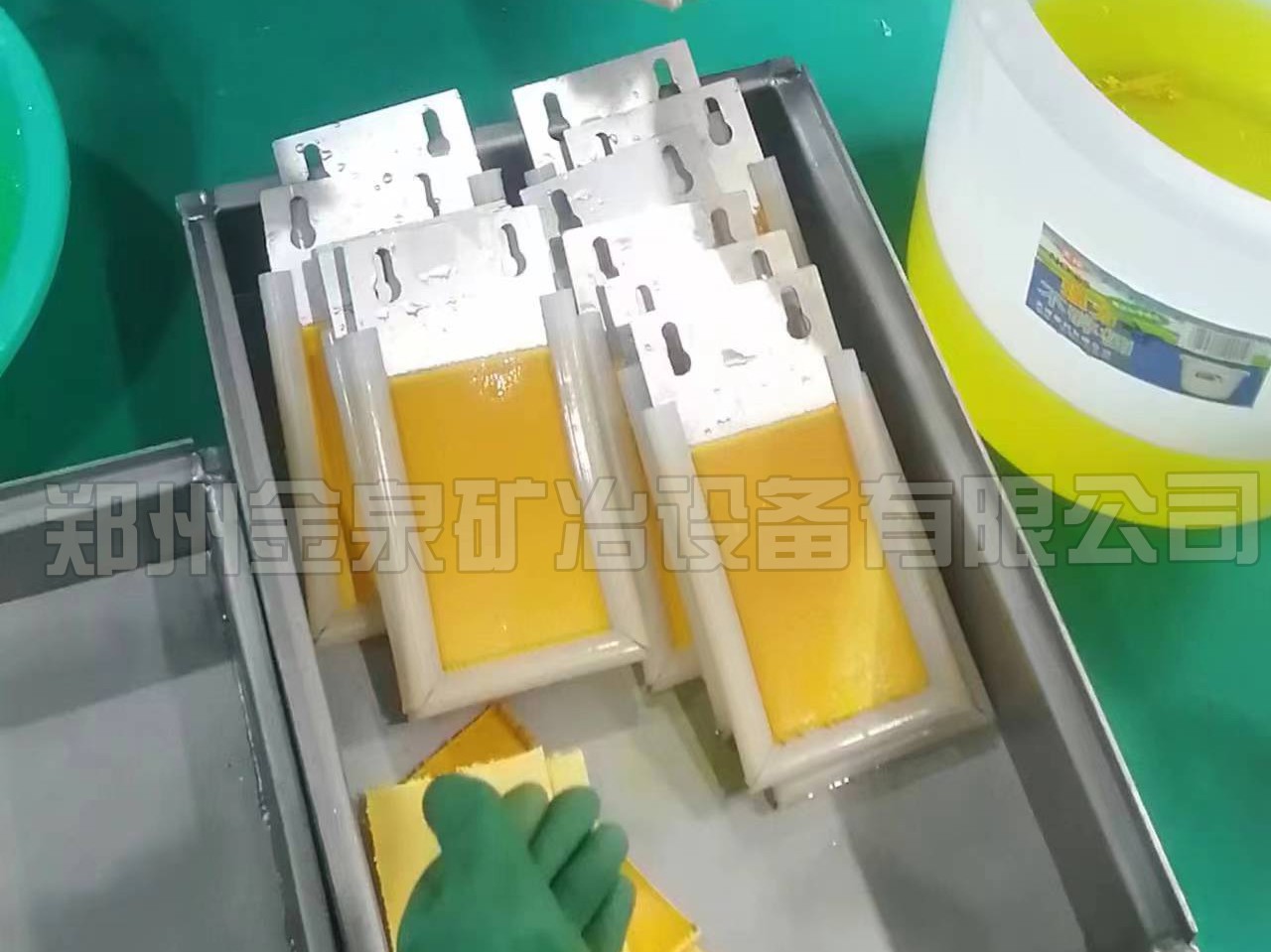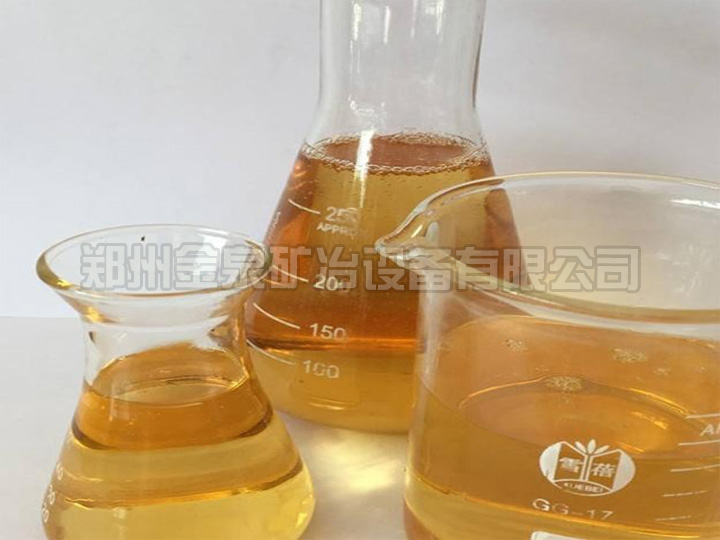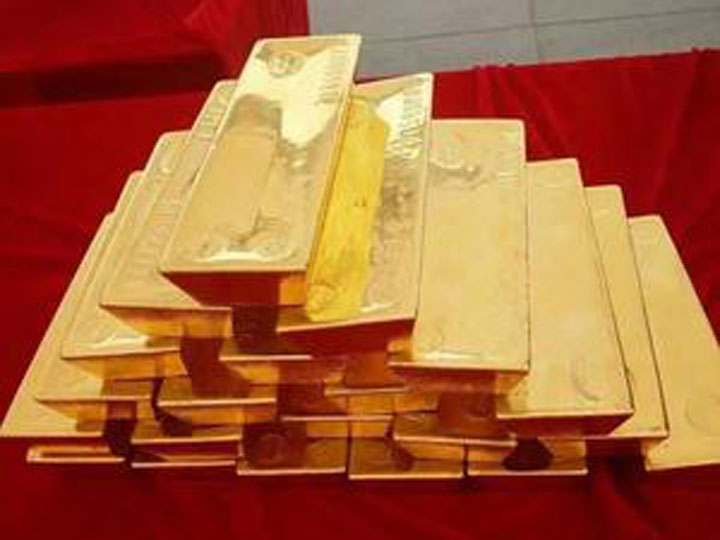 +8613303827570
+8613303827570
Silver is a metal with excellent beauty and conductivity, and is widely used in jewelry, electronics and industry. However, the requirements for its purity are different. The purity of traditionally traded silver is 99.99%, and electrolysis is a very good way to purify it.
The characteristics of 925 silver are that it does not deform and is durable. High-purity silver is widely used in the electronics industry.
Electrolytic purification uses potential difference and chemical reactions: Anode reaction (oxidation reaction):
Ag(s)→Ag⁺+ e﹣
Silver loses electrons at the anode to form silver ions (Ag⁺).
Cathode reaction (reduction reaction):
Ag⁺+ e﹣ →Ag(s)
Silver ions gain electrons at the cathode and are deposited as metallic silver.
Potential difference control: The standard electrode potential of silver is +0.7996V, but the actual operating voltage is usually between 2 and 5 volts to overcome solution resistance and other electrochemical resistances to ensure efficient deposition of silver. Thus, the purpose of purifying pure silver can be achieved.
Silver can be purified by electrolysis, and an automated control system can be further adopted to achieve unmanned operation and reduce labor.
-
 common methods for separating gold and silvercommon methods for separating gold and silver
common methods for separating gold and silvercommon methods for separating gold and silverCommon Methods for Separating Gold and Silver:
Chemical dissolution method: Gold can be dissolved in hydrochloric acid, while silver reacts with Cl⁻ ions to form a silver chloride precipitate during the dissolution process. After filtering, gold and silver are separated.
Aqua-regia solution method: Suitable for alloys with low silver content (silver typically below 10%), this method allows both gold and silver to dissolve. However, after dissolving, silver reacts with Cl⁻ ions to form a silverCommon Methods for Separating Gold and Silver chloride precipitate, enabling it to be separated from gold.
-
 chemical separation of gold and silverchemical separation of gold and silver
chemical separation of gold and silverchemical separation of gold and silverChemical separation of gold and silver:
Using a single acid, it cannot dissolve gold but can dissolve silver, achieving the separation of gold and silver. Hydrochloric acid or sulfuric acid is commonly used. This method is typically used for gold-silver alloys with a gold content below 30%, while silver, copper, iron, and zinc can be dissolved in hydrochloric acid or sulfuric acid, whereas gold cannot. After filtering and washing, it can obtain gold with over 98% purity. For lead-containing alloys, hydrochloric acid is used for dissolution
-
 extraction of gold from alloy goldextraction of gold from alloy gold
extraction of gold from alloy goldextraction of gold from alloy goldAlloy gold: Alloy gold produced by roasting mercury paste on a mercury plate, alloy gold produced by melting gold paste in a converter, alloy gold produced by melting gold paste after removing impurities with nitric acid, alloy gold obtained by pyrometallurgical or hydrometallurgical treatment of copper lead anode paste, and other alloy gold produced in other gold and silver mines and rare and precious plants for non-ferrous metallurgy.
The gold content is 40%~99.9%, and the silver content is 40%~99.9%.







